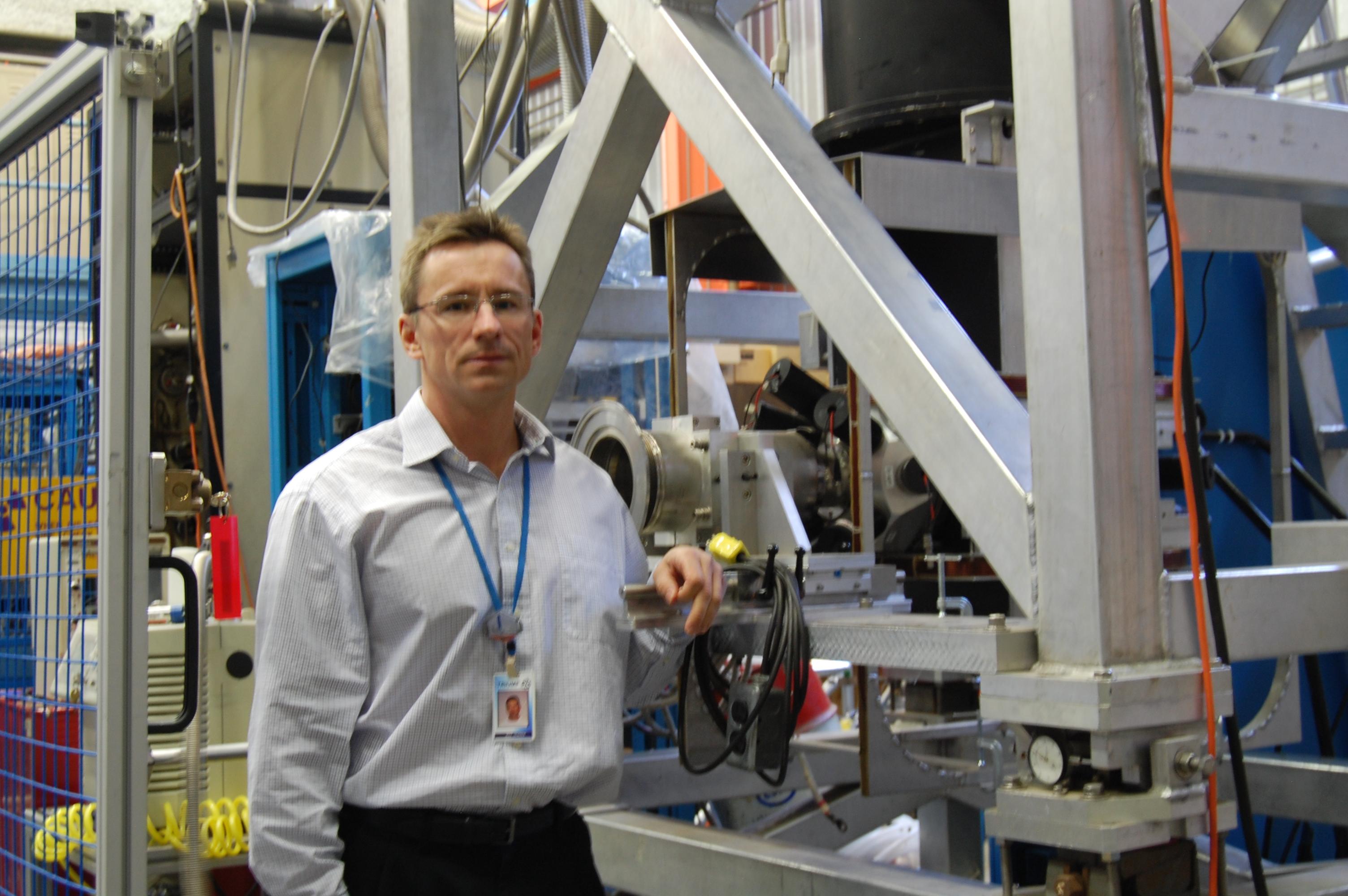In an experiment led by Simon Fraser University physicist Jeff Sonier, scientists at TRIUMF have discovered something that they think may severely hinder the creation of room-temperature (20-25 degrees Celsius) superconductors.
For 25 years, they’ve speculated that magnetism could be a problem.
The Proceedings of the National Academy of Sciences has published the finding that there is a weak magnetism in a certain type of lanthanum-based copper oxide material, which is the closest known warm-temperature superconductor.
Jeff said, “The search for room-temperature superconductivity is big news. The cover story of the June 2010 issue of Scientific American predicted the discovery would be one of the ‘12 events that will change everything.’”
Superconductors—materials that have zero electrical resistance—could potentially have everday applications in electronics, medicine, and transportation. Currently, expense and their need for extremely low temperatures prevent them from being in wide-spread use. If superconductors were operational at room temperature they wouldn’t need to be driven by expensive cooling systems using liquid helium.
When charge carriers are added to copper oxide materials, known as cuprates, they are capable of superconductivity. Some cuprates function at -140 degrees Celsius, a temperature markedly above the normal operational temperature of all other kinds of superconducting materials.
Adding charge carriers (electric charge carrying particle) is known as chemical doping. With increased chemical doping the operational temperature of a cuprate superconductor rises to a certain point and then collapses.
Until this latest research, scientists could only speculate on whether a competing magnetic phase might exist at high chemical doping, which could ultimately destroy superconductivity.
Sonier and his colleagues used a subatomic particle, called a muon, to microscopically probe the magnetic nature of a cuprate. This led them to discover that a strange kind of magnetism appears to accompany the destruction of superconductivity at high chemical doping.
The scientists are now trying to figure out the origin of the magnetism and whether it actually competes with superconductivity.
Jeff said, “Understanding what destroys superconductivity at high chemical doping could provide a vital clue about the microscopic mechanism responsible for high-temperature superconductivity. Knowledge of this would be a monumental step toward making a room-temperature superconductor.”
--Story released on November 17, 2010 by SFU

